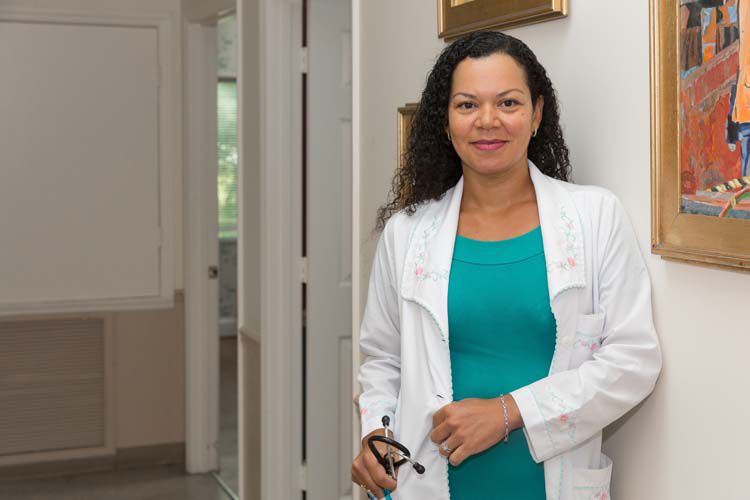
According to recent results from a United Kingdom study, a screening test called a sigmoidoscopy cuts the risk of developing colorectal cancer by over 30 percent. The Flexible Sigmoidoscopy Screening Trial (UKFSST) started in 1994 and is still ongoing; it has followed 170,000 people over an average of 17 years, making it the longest study ever done on the effectiveness of sigmoidoscopy in the prevention of colorectal cancer.
Dr. Georgia Daniela Shapiro, a Vero Beach oncologist, says that the UK study is sound and well-researched. She says, “While the study did not compare sigmoidoscopy with other screening techniques such as colonoscopy, it clearly shows the importance of colorectal cancer screening, while attempting to illustrate an efficient technique in which to screen the more commonly affected left side of the colon.”
Although they have the same intent and are administered in a similar fashion, there are differences between a sigmoidoscopy and a colonoscopy. A sigmoidoscopy requires less preparation and does not involve sedation, which makes it easier on the patient. However, a colonoscopy is more comprehensive – it examines the entire colon, while a sigmoidoscopy only examines the distal (left side) of the colon. Dr. Shapiro says the preferred screening test in the United States is a colonoscopy, when available.
In sigmoidoscopy and colonoscopy procedures, a doctor inserts a thin flexible tube equipped with a camera to look at the colon. Both tests can find polyps – small growths – on the bowel wall, which can become cancerous if left untreated. Polyps, if found, can be easily removed during the testing process, usually by passing a tiny wire loop through the tube.
Colorectal cancer (also known as bowel cancer or colon cancer) affects the colon, or large bowel, and/or the rectum. It is a slow-growing cancer, and may be present for up to 10 years before it starts to spread. It is well known that regular screening is one of the most powerful weapons for preventing this type of cancer.
Preliminary screening tests shown below can look for polyps or suspicious areas; if anything is found, a follow-up colonoscopy or sigmoidoscopy is performed:
A double-contrast barium enema involves putting a liquid called barium into the rectum. Air is then pumped in to spread the barium in a thin, smooth layer though the colon. X-rays are then taken. It requires bowel prep, but no sedation.
In a CT colonography (also called virtual colonoscopy), air is pumped into the rectum and colon, and a CT scanner is used to take images of the colon. Like the barium enema, it requires bowel prep, but no sedation.
Guaiac-based fecal occult blood test (gFOBT) and fecal immunochemical test (FIT) are used to find tiny amounts of blood in the stool that could be a sign of cancer or large polyps. (However, many times the cause is a non-cancerous condition, such as ulcers or hemorrhoids.) These tests are taken at home with a kit patients receive from their doctor’s office.
Dr. Shapiro says prevention is the most potent treatment we have for reducing the incidence of colorectal cancer, and has this guidance for the community: “Colorectal screening is an absolute necessity for all adults age 50 or older, and for others under the age of 50 based on specific criteria and history. While colonoscopy is the preferred screening by the National Comprehensive Cancer Network, any alternative techniques should be considered for any individual unable to receive a screening colonoscopy.”
Dr. Shapiro practices as part of Scott, Weeks, McGarry & Shapiro, located at 1460 36th St in Vero Beach; the office number is 772-562-7777.



